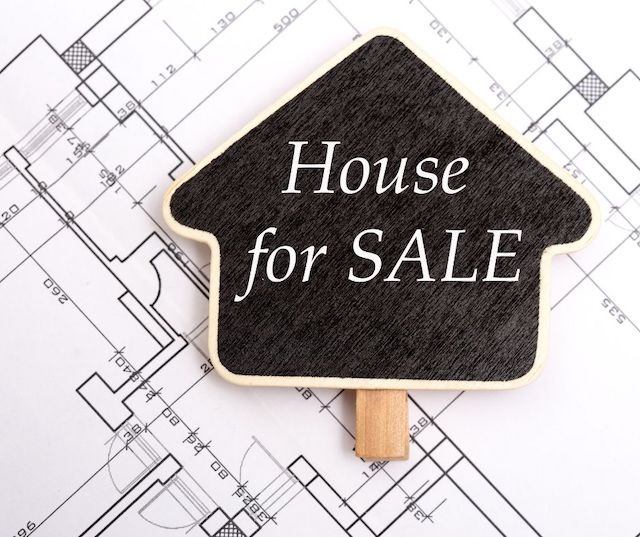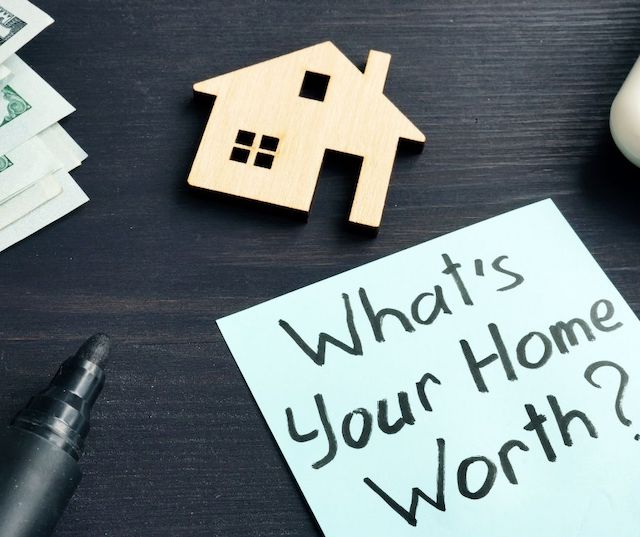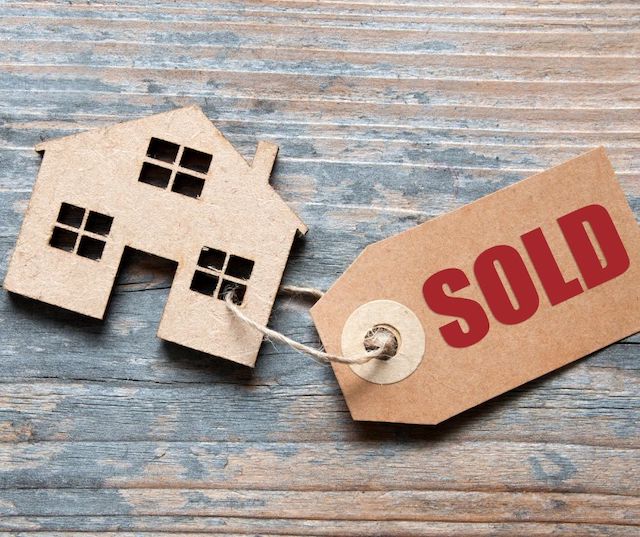Pricing Your Home to Sell

When preparing to put your home on the market, there are a lot of things you need to think about:
- deciding if you should make home repairs and improvements
- staging your home to impress potential buyers
- keeping your lawn and house in prime condition for viewings
- prepping to move
But one of the most important decisions you must make is how much you should ask for your house. Determining the asking price for your home cannot be taken lightly. There needs to be some psychology and strategy used to decide the price that will sell your home in a timely manner and for the most profit. You and your Realtor should identify and agree upon the approximate value of your property. You can use comparable sales of similar properties sold in your neighborhood to help you make this decision.

Next, you need to understand the price range for your list price. Depending on market conditions, competing properties, time of year or inventory, the price range can fluctuate. For example, a house with the asking price of $500 K can have a price range of $480 K to $520 K. Once you have determined your home’s value and have a price range in mind, it’s time to conclude what your asking price will be. This is where the following pricing strategies come into play:
- Appeal to multiple buyers - It may be tempting to ask for the highest price you think you can possibly get for your home. But if you price your property on the lower end of the value range, you will likely appeal to more than one buyer, and you might even have a bidding war amongst buyers who want your home. Chances are you will get more than your asking price if this happens.
- Utilize psychology when choosing your asking price - Be careful of too many zeros. For example, it is easier for a buyer to process $250 thousand than it is $250,000 - and $250,000.00 is even worse on the eyes. Buyers feel like they are being asked to pay more when there are more zeroes included in the price. It doesn’t change the actual price, but the perception of the price changes.
- Make sure it’s visible in real estate searches - If buyers are looking for three-bedroom homes under $400 K and you have your property priced at $405 K, an automated buyer search for properties under $400 K will exclude your home, meaning you will miss out on a lot of potential buyers. Experienced Realtors will set up search parameters for buyers that include properties listed a little bit more above their price ceiling. Keeping in mind that home prices are flexible, buyers could find the perfect match on a home above their limit, but with the possibility that it is in within a reasonable range of price or that it will be reduced.
- Have a price contingency plan before listing your home - You may have very high expectations regarding the worth and appeal of your home. If you insist on asking top dollar for it, you may get lucky (depending on the current market) and get it, or you may not get any full price offers at all. In that case, it’s important to have a contingency plan lined up before you list your home. That way, if you must lower your asking price, you will already be prepared for it and it won’t catch you off guard.
- Be flexible - Setting an initial asking price is just the beginning of your home selling process. A lot of different factors may come into play when selling your house, and you won’t be able to anticipate all of them. Being flexible will allow you to react quickly to changing market conditions or new information and you will be more likely to get the best price for your home.

If you are in the market to buy or sell a home (or both), let me, Sandra Nickel, and my Hat Team of Professionals assist you with all your real estate needs! Call us today at 334-834-1500 and check out https://www.homesforsaleinmontgomeryalabama.com for more information!










